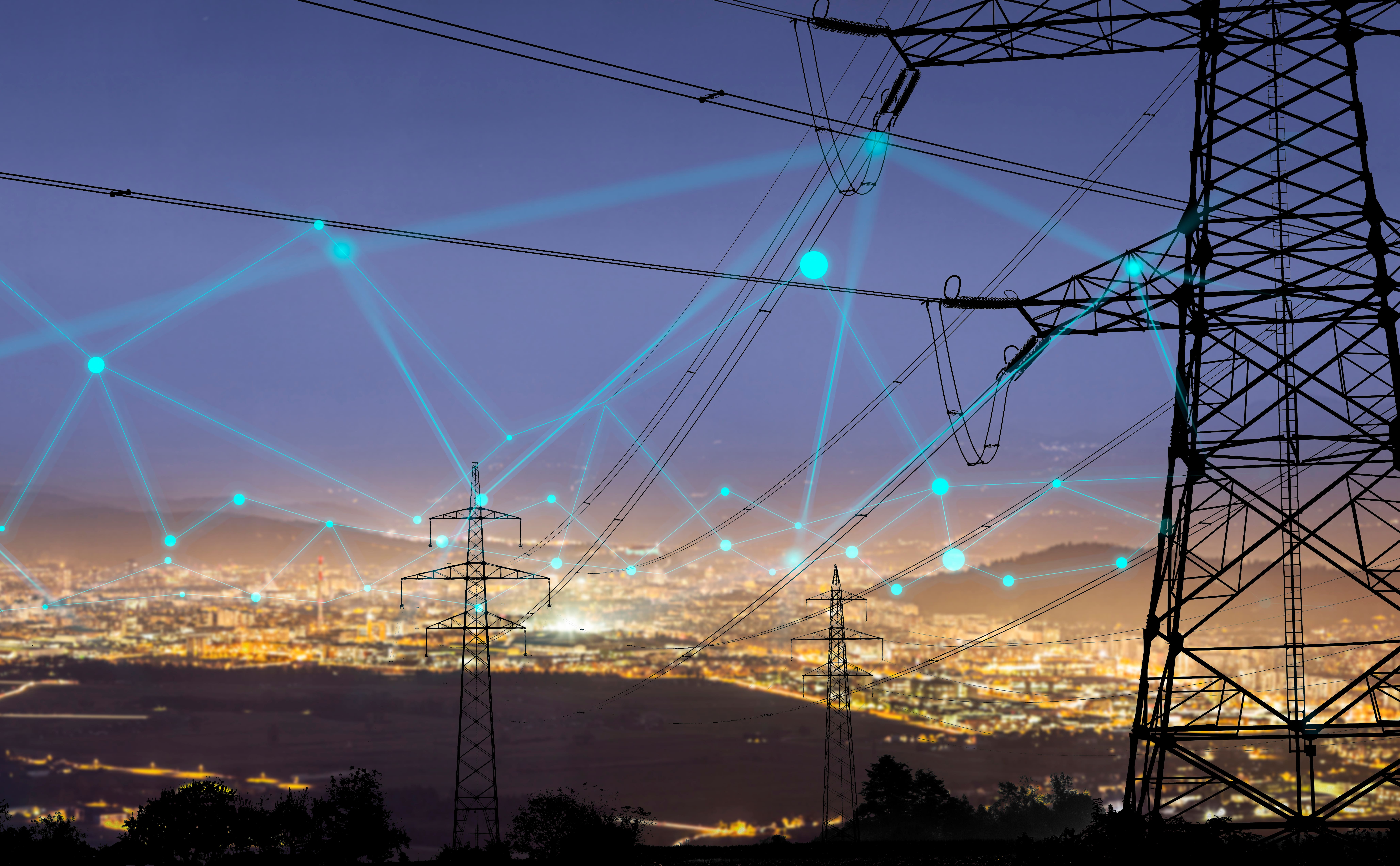
When America’s electrical grid was built more than a century ago, it was a simple. It was unidirectional system of power transmission and distribution. Demand for electricity was low. Homes needed only enough energy to turn on lights and perhaps an oven and a radio.
Compare that to the U.S. electric grid of today: 9,200-plus electric generating units with more than 1 million megawatts of generating capacity and connected by 600,000 miles of transmission lines. Even that’s not proving to be enough.
American households, not to mention offices and businesses, now own an average of 11 connected devices. This means utility companies need an even more sophisticated infrastructure to provide reliable electricity.
The solution? A smart grid.
Community Benefits
Using two-way communication technologies, computers, and automation, a smart grid enables consumers to manage their own energy consumption with easy access to their own data. Utility companies benefit as well, as they’re better equipped to handle rising energy demands, reduce peak loads, increase integration of renewables, and lower operational costs.
Electricity is the thread that ties people to businesses, health services, security services, etc. A disruption in power supply can therefore have a compounding effect. It can even bring a community heavily dependent on the Internet of Things (IoT) to a complete standstill.
Thanks to its two-way interactive attributes, a smart grid system will trigger automatic rerouting when outages occur. This will minimize such disruptions. The smart grid technology will pinpoint the outages before they can spiral into a broader blackout period. Recovery will also happen quickly, and power supply can be strategically assigned, if necessary, to important services like hospitals and police stations.
A smart grid can also commandeer customer-owned power generators to produce power as a `distributed generation’ resource when utilities are failing to do so and keep emergency operations supplied with electricity.
Consumer Benefits
From the consumers’ point of view, a smart grid will function as a tell-all, vis-à-vis their energy usage. They won’t have to wait to receive a monthly bill in the mail to find out how much energy has been used in a household or a business property. Mechanisms like `smart meters’ will keep them informed of real-time pricing. This way they can save money by using less power when electricity is more expensive.
Indeed, the smart grid will change how we live, work, play, learn, and entertain ourselves. But the changeover process will be a gradual one. Coordination will be key between strategic research and development and demonstration (RD&D) involving both private and public sectors. Building a smart grid involves many pieces– from controls and power lines to technology and equipment. As each evolves over the next decade, so will this revolutionary idea that will forever change how we consume electricity in our day-to-day lives.



